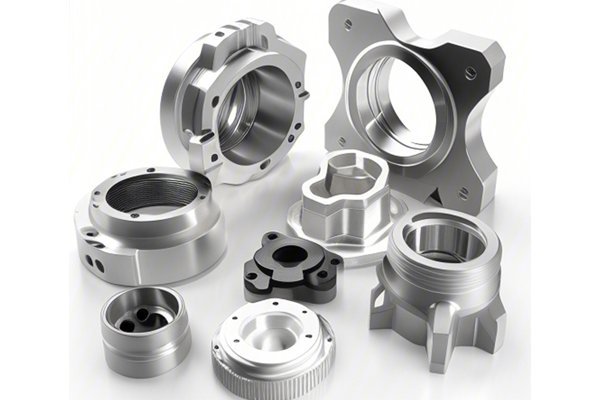Did you know that surface roughness can significantly impact the performance of machined parts, affecting everything from wear resistance to aesthetic qualities? In fact, a study published in the Journal of Manufacturing Science and Engineering found that a mere 30% improvement in surface roughness can lead to a 50% increase in component lifespan. For industries that rely on precision machined components, such as aerospace, automotive, and medical devices, achieving optimal surface roughness is paramount.
In this in-depth blog post, we will explore various techniques and strategies that can be employed to reduce surface roughness during CNC machining of 6061 aluminum and PA66 nylon. By the end of this guide, you’ll have a comprehensive understanding of how to enhance parts’ performance and aesthetic quality through meticulous control of surface finish.
What is Surface Roughness and Why Does it Matter?
Surface roughness refers to the texture of a machined surface that results from the manufacturing process. It is characterized by the presence of valleys and peaks on the surface at a microscopic level. Surface roughness is quantified using Ra (Roughness Average) values, which help engineers and manufacturers standardize quality and performance criteria.
The importance of surface roughness lies in several critical factors:

Understanding 6061 Aluminum and PA66 Nylon
Before delving into techniques for reducing surface roughness, it’s essential to understand the materials involved.
6061 Aluminum: A versatile and widely used aluminum alloy known for its excellent mechanical properties, corrosion resistance, and good workability. It is often utilized in structural and architectural applications due to its strength and weldability.
PA66 Nylon: Known for its strength and durability, PA66 (polyamide 66) is a type of nylon that offers excellent chemical resistance and low-friction properties. Its heat resistance and toughness make it ideal for engineering applications requiring wear resistance and dimensional stability.
Factors Affecting Surface Roughness in CNC Machining
Several factors can impact the surface finish produced during CNC machining. Understanding these factors is crucial for developing effective strategies to mitigate roughness:
Detailed Strategies for Reducing Surface Roughness
Now that we have established a foundational understanding, let’s explore the specific techniques targeting surface roughness reduction during the CNC machining of 6061 aluminum and PA66 nylon.
Using the right tools is crucial. For aluminum machining, high-speed steel (HSS) or carbide tools with appropriate geometry can achieve superior finishes. For nylon, sharper tools with a polished surface can help reduce burr formation.
Maintenance: Regularly inspect and replace tools that show signs of wear or degradation. Dull tools create additional friction and increase the likelihood of achieving poorer surface finishes.
Carefully adjusting parameters is vital to obtaining the desired surface finish:

Incorporating specialized tool geometries helps enhance the precision of machining:
Using appropriate coolants and lubricants improves heat management during machining:
Post-machining processes can further refine surface quality:
Implementing a robust quality control process helps maintain surface finish consistency:
Adopting modern CNC machines equipped with enhanced features can lead to improved surface finishes:
Achieving low surface roughness during the CNC machining of 6061 aluminum and PA66 nylon requires a comprehensive understanding of various influencing factors and the implementation of targeted strategies. From optimizing cutting parameters to employing advanced tool geometries and cooling systems, the path to better surface finishes is layered with opportunities for improvement.
As industries increasingly rely on precision machined components, the quality of surface finishes becomes more critical. Whether it’s enhancing wear resistance in automotive parts, improving aesthetics in consumer products, or ensuring functionality in aerospace components, attention to surface roughness can significantly impact performance and longevity.
Ultimately, investing time and resources into understanding and improving surface finish techniques not only elevates the quality of manufactured parts but also fortifies your position in a competitive marketplace. So, why not take a moment to reflect on your current machining processes? Consider adopting these strategies to step toward manufacturing excellence; your customers (and their products) will thank you for it.




